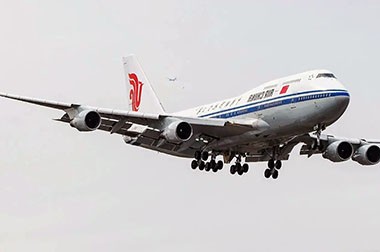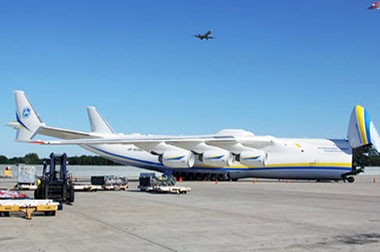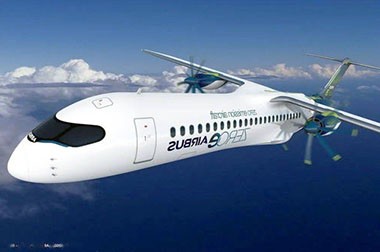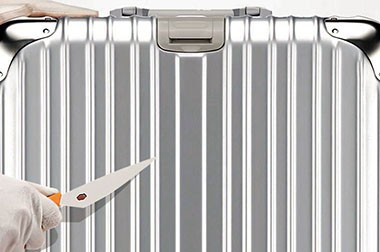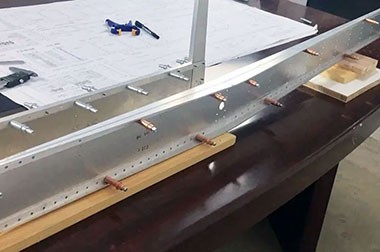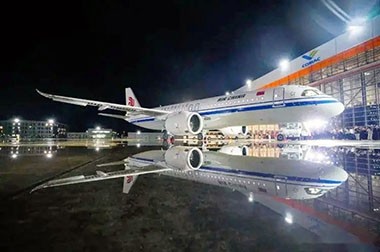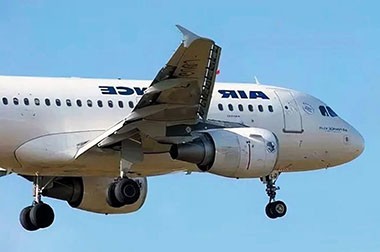Aluminum 7050 vs 7075
7050 and 7075 are both part of the 7000 series of aluminum alloys, which are renowned for their use in aerospace applications, with zinc as the primary alloying element. While they share many similarities, such as high strength and lightweight properties, their subtle differences in composition and performance can make one alloy more suitable than the other depending on the application.
The choice between 7050 and 7075 aluminum alloys largely depends on your performance requirements:
- Strength and Corrosion Resistance: 7075-T6 offers higher strength, while 7050-T74 prioritizes corrosion resistance.
- Thick Sections: Due to its reduced quench sensitivity, 7050 retains better performance in thick sections.
- Fatigue and Toughness: 7050 generally exhibits better fatigue resistance and fracture toughness.
- If maximum tensile strength and yield strength are your primary concerns, and the component operates under static or low-cycle loads, choose 7075.
- If your application requires higher toughness, better fatigue resistance, and improved stress corrosion resistance (especially in thick or cyclic load-bearing structures), choose 7050.
Both alloys are high-performance options within the 7000 series, with each optimized for specific engineering challenges.
- In environments where SCC (Stress Corrosion Cracking) is not a primary concern, choosing 7075-T6 will provide maximum strength.
- When corrosion resistance, toughness, and thick section performance are prioritized, select 7050-T74, even if it means a slight reduction in strength.
Both of these alloys excel in high-stress applications, but they are designed to meet different operational demands, particularly in the aerospace engineering field.
Aluminum 7050 vs 7075 Chemical Composition and Alloying Elements
Aluminum 7050
Contains slightly higher levels of aluminum, copper, and magnesium along with a controlled zinc content (typically 5.7–6.7%).
The presence of additional elements (including small amounts of zirconium) contributes to its excellent stress corrosion resistance and toughness.
This composition makes 7050 particularly well suited for thicker sections and parts subjected to high cyclic loads.
Aluminum 7075
Features a similar base composition but generally includes a marginally lower copper content and a slightly higher zinc range (5.1–6.1%), with trace additions of elements like chromium, iron, and manganese.
These differences boost its tensile and yield strength, making it one of the highest-strength aluminum alloys available.
Aluminum 7050 vs 7075: Heat Treatment and Tempering
- 7075: Commonly used in T6 (peak strength) or T73 (improved SCC resistance with reduced strength).
- 7050: Typically used in T74/T76 (overaged) tempers for optimal SCC and exfoliation corrosion resistance, particularly for thick sections.
Aluminum 7050 vs 7075: Mechanical Properties and Strength
Strength
- 7075 generally has higher tensile and yield strength, making it an ideal choice for applications requiring maximum load-bearing capacity.
- 7050 has slightly lower ultimate strength but offers excellent toughness and fatigue resistance, especially in thicker sections where SCC could be a concern.
Heat Treatment and Tempering
- Both alloys are heat-treatable. Common tempers include 7075-T6/T651 and 7050-T7451/T7651.
- While 7075-T6 offers exceptional strength, 7050’s overaged temper provides a balanced combination of strength and SCC resistance.
Aluminum 7050 vs 7075: Corrosion Resistance and Fatigue Performance
Corrosion Resistance
- 7075: Moderate corrosion resistance; more susceptible to SCC in harsh environments.
- 7050: Due to the presence of zirconium and overaging, it offers excellent SCC and exfoliation corrosion resistance.
Fatigue Strength
- 7050’s toughness and fatigue resistance make it well-suited for critical aerospace structural components subjected to cyclic stress.
- While 7075’s higher strength can be advantageous, its lower toughness may limit its performance under fluctuating or repetitive loads.
Aluminum 7050 vs 7075: Machinability and Processing Considerations
Machinability
- 7075 is generally considered easier to machine, providing a smooth finish with proper tooling.
- 7050 is more challenging to machine, but its higher thermal conductivity helps manage heat during the machining process.
Weldability and Formability
Both alloys are typically not suitable for conventional welding methods. Specialized techniques such as friction stir welding are preferred for joining.
Their formability is moderate, and machining or forming operations require careful control to prevent work hardening or deformation issues.
Aluminum 7050 vs 7075: Applications
- 7075: Aerospace components (gears, shafts) and high-stress applications (bicycle frames, climbing gear).
- 7050: Aerospace structures (wing skins, fuselage, bulkheads) where corrosion resistance and thick section performance are crucial.
Aerospace and Defense
7050 is commonly used for aircraft fuselage, wing skins, and bulkheads — especially in thicker sections where SCC resistance is critical.
7075 is preferred for components requiring the highest strength-to-weight ratio, such as landing gear, wing spars, and structural elements in aerospace and military applications.
Automotive and Sports Equipment
Due to its exceptional strength, 7075 is used in high-performance automotive parts and sports equipment (e.g., bicycle frames), whereas 7050 is selected for applications requiring toughness and fatigue resistance.
Aluminum 7050 vs 7075: Cost and Availability
- 7075: More widely available and cost-effective, making it suitable for standard applications.
- 7050: Primarily used for critical aerospace and military applications, typically at a higher cost.

